Theory of mind is our ability to ‘tune in’ to someone else’s thoughts. We constantly guess what’s going on in other people’s heads, while recognizing the possibility that their thoughts and feelings might be different from our own. Theory of mind can therefore be defined as the cognitive capacity to think about mental states, including emotions, beliefs, desires and knowledge, both our own and of others.
My three-year-old niece loves to answer the phone whenever it rings. This means that when I call, I must first have a delightful little chat with her before I can talk to anyone else in the house. During one of those conversations, I asked her what she was doing, and she responded with “I am playing with this”. She was too young to realize that I could not see what toy she was holding; she thought that I could see and know the same things as her.
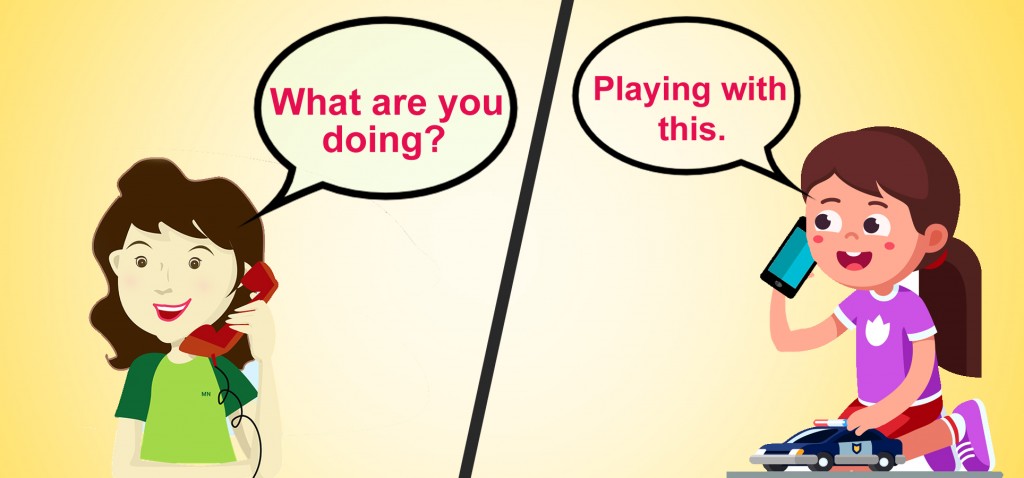
Most adults would know that I would need more details to fully grasp the situation. Why is that the case? What do we have, as adults, that children lack?
The answer to this lies in the theory of mind.
What Is Theory Of Mind?
Theory of mind is our ability to ‘tune in’ to someone else’s thoughts. We constantly guess what’s going on in other people’s heads, while recognizing the possibility that their thoughts and feelings might be different from our own. We constantly differentiate between, for example, ‘what we do’ and ‘what people think we do’.
Theory of mind can therefore be defined as the cognitive capacity to think about mental states, including emotions, beliefs, desires and knowledge, both our own and of others. It is not only thinking about thinking, but also predicting or explaining behavior based on our guesses. Without this ability, we would not be able to understand people well enough to have proper social interactions and reciprocal conversations.
These ‘mind-reading’ or ‘mentalizing’ skills are shared by almost all humans beyond early childhood.
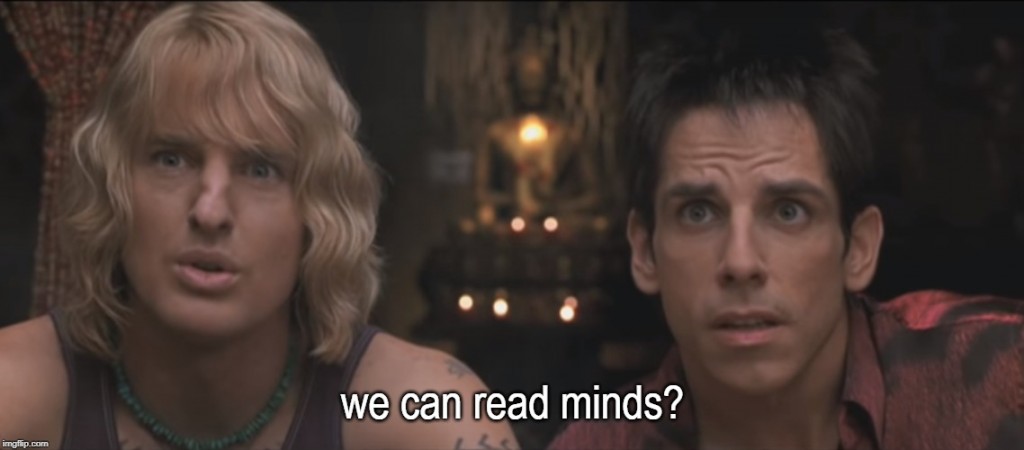
Very young children tend to be more egocentric and are unable to think about other people’s thoughts and feelings, unlike adults. To demonstrate this, we usually employ the false belief test.
Also Read: How Do We Empathize?
What Is The False Belief Test?
One of the most important aspects of the theory of mind is the ability to attribute false belief, that is, to recognize that other people can have divergent or untrue beliefs about the world. The most common version of the false belief test is the Sally-Anne test.
In this task, Sally is playing with a ball, which she places in a basket before leaving the room to go to the bathroom. In her absence, Anne takes the ball from the basket and places it in a box. After a time, Sally comes back to the room and wants to play with the ball. Where will she look for it? To adults, it is obvious that Sally would look for it in the basket (and not in the box, where it now is) because that’s where she actually placed it. However, my three-year-old niece cannot imagine that Sally’s knowledge is different from her own. If you asked her, she would say that Sally would look for it in the box, because my niece knows that the ball is now in the box.
Three-year-olds typically answer incorrectly and fail this test because they cannot distinguish between their knowledge and other people’s knowledge. If they know that the ball is in the box, they believe that everyone knows that the ball is in the box. However, as children get slightly older, they begin to think differently. They would pass the test by saying, “Well, Sally is going to look for the ball in the basket, because that’s where she thinks it is. I know that the ball has been moved, but Sally doesn’t.”
Thus, as they grow, children learn to predict what one person thinks or feels about what another person is thinking or feeling. They also begin to understand the complexities of social interaction, such as lies, sarcasm and figurative language, which they simply could not make sense of when they were three.
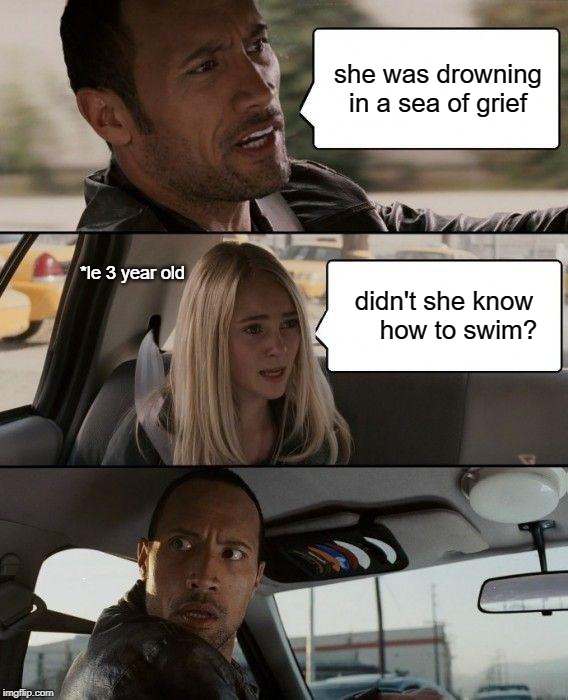
This begs the question—How do we execute this cognitive capacity, and how do we learn it? This and other aspects of the Theory of Mind are studied by four competing approaches, namely the Theory-Theory, the Modularity Theory, the Rationality Theory and the Simulation Theory.
Also Read: Have You Thought About Your Thoughts? What Are They Made Of?
Theory-Theory Or The Child-Scientist Theory
Supporters of the Theory-Theory share the assumption that the Theory of Mind is driven by a science-like theory. It is understood as a set of law-like generalizations. According to them, it would include generalizations that link:
(1) Observable inputs to certain states of mind: People who have exercised without drinking water will tend to feel thirst;
(2) Certain states of mind to other states of mind: People in pain tend to want to relieve that pain; and
(3) States of mind to observable outputs (behaviors): People who are sad tend to frown.
We observe people’s behavior and draw law-guided conclusions about their behavior by correlating it with precursor stimulus conditions and observations.
Psychologists who have championed this theory also apply it to young children. They see children as little scientists who observe, form and constantly revise their thinking about things in the same way scientists do. They collect evidence, make observations, and make and revise their inferences according to new evidence in a highly scientific fashion.
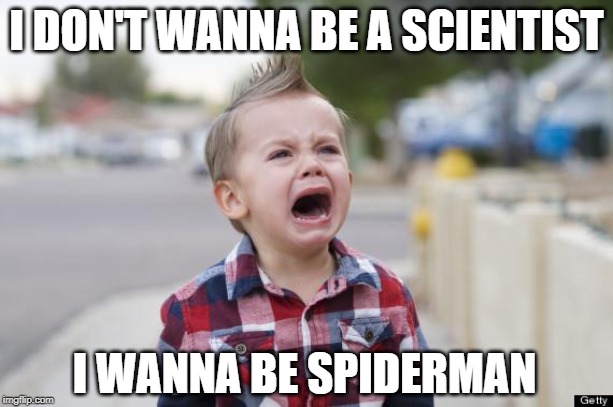
For example, when a child who is fascinated by a candle flame touches it and burns his finger, he will immediately revise his theory about fire and learn not to touch it again. Kids generate theories not only about these physical phenomena, but also about the unobservable mental states, such as emotions and beliefs, and gradually move from learning simple theories to establishing more complex ones (just like a scientist).
This gradual change of theory in a child’s mind, and his general development, is the reason why a child of 5 could pass the false belief test, whereas a three-year-old can’t.
The Modularity Theory
The Modularity Theory proposes, in contrast to the previous approach, that the Theory of Mind is innately present in us. These abilities are not acquired through learning, but instead develop or come online at pre-programmed stages. Supporters of this theory believe that mentalizing is a part of our genetic endowment and is only triggered at the right time and in the presence of appropriate environmental factors, just as puberty is triggered, rather than learned.
While the previous approach claims that the development of the Theory of Mind abilities is domain-general, Modularists suggest that it is, in fact, domain-specific, and that these abilities need not be impaired by general retardation.
This was found to be true in two studies concerning autism that compared the performance of autistic children, Down syndrome children and clinically normal pre-school children. All the children had a mental age of four years, although the chronological age of the first two groups was higher.
The first study tested the false belief of the three groups. It was found that the performance of the Down syndrome children was similar to that of the clinically normal children, while the autistic children performed significantly worse.
In the second study, all three groups were given scrambled pictures from comic strips of three types of stories: mechanical, behavioral and mentalistic. They were supposed to put the strips in order to form a coherent story, and then re-tell the story in their own words.
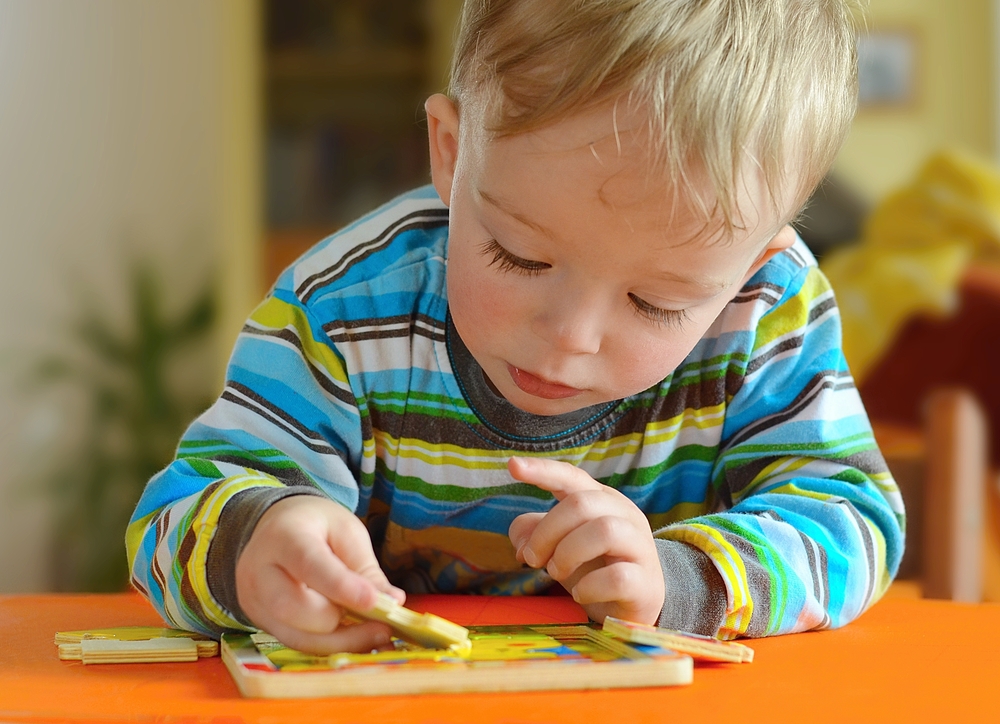
The autistic children dealt with the mechanical and behavioral scripts adequately, but most of them could not understand the mentalistic stories. They jumbled up the pictures and told the stories without any attribution to mental states. They were not deficient when assessing either of the other two scripts, only the mentalistic one.
Moreover, the Down syndrome children, despite their general retardation, performed very well on the false belief task. Thus, autism seems to involve an impairment that is specific to mentalizing, whereas mentalizing need not be influenced by general development of the mind, so long as the specific module dedicated to the Theory of Mind remains intact.
The Rationality Theory
Rationality theory suggests that we predict others’ behavior by taking a special stance: the intentional stance. This means that we make the default assumption that the person whose behavior we are trying to predict is rational, and that his/her desires and beliefs are what he/she should have in the given environment.
While this theory makes an interesting observation, it seems incomplete, as it only covers the mind-reading of propositional attitudes. In other words, it does not adequately explain sensations like pain or thirst, nor emotions like anger or happiness. Thus, it seems that there must be more to mind-reading than imputed rationality.
The Simulation Theory
Sometimes called the Empathy Theory, the fourth approach to the Theory of Mind suggests that we can predict others’ behavior by answering the question, “What would I do if I were in that person’s situation?”
Chess players often visualize the board from the other side, taking the opposing pieces for their own and vice versa. Thus, transported through imagination, they think of what to do and project this decision onto the opponent. In simple words, they try to understand what their opponent might do next by putting themselves in the opponent’s shoes and occupying their point of view.

Theory of Mind is a hugely important tool in our lives, but it is not always a good thing. One of the things that mentalizing enables people to do is lie and insert a false belief into the minds of others.
We lie all the time, even at times when we don’t really need to. For example, we may lie to someone because we don’t want to hurt them or offend them. All of our politeness rules are, in fact, a part of our mentalizing abilities, where we constantly receive and analyze “feedback” from what people around us are thinking and feeling.
The question of whether and to what extent animals aside from humans have Theory of Mind abilities is uncertain. However, we certainly have this wonderful gift that enables us to see the intangible mental states of other people. It helps us understand each other better and have an advantage while interacting with the world. With that in “mind”, we should do our best to make good use of this precious human gift!
How well do you understand the article above!

References (click to expand)
- Theory of Mind | Internet Encyclopedia of Philosophy. The Internet Encyclopedia of Philosophy
- AI Goldman. Theory of Mind - Rutgers Philosophy Department. Rutgers University
- Theory of Mind | Presidential Scholars - Columbia University. Columbia University
- (2003) Theory of Mind and the Self. The University of California, San Diego
